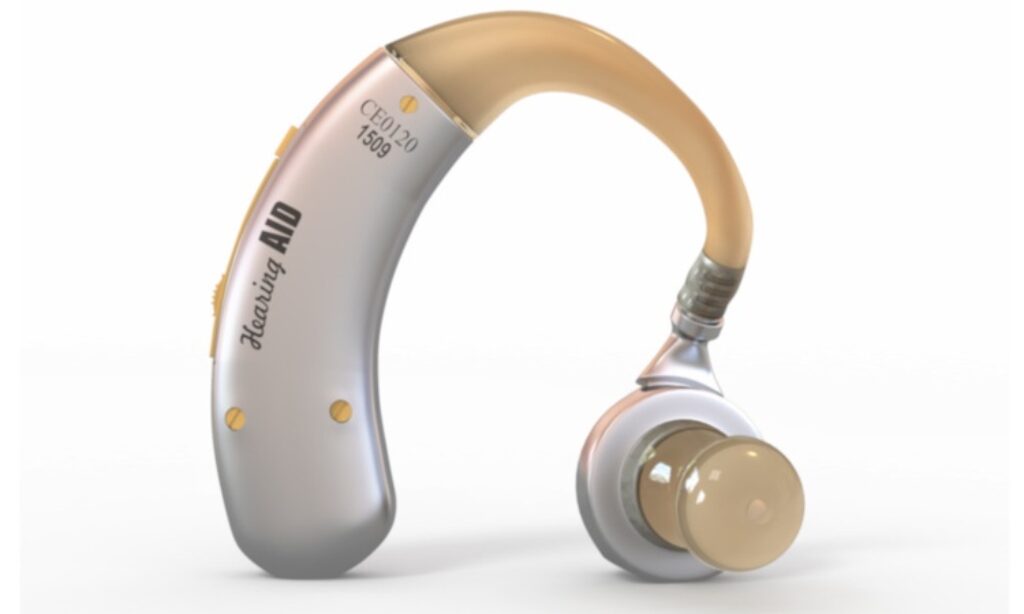
An Overview of Hearing Aid Prices, Costs, and Features
The costs of hearing aids can vary greatly depending on the technology, features, and customization. Here is a detailed overview of the pricing range and what impacts costs.
Related Topics (Sponsored Ads):

Conduct Research on Pricing for Different Hearing Aid Types and Models
The first step is researching the average costs for different types and models of hearing aids. Basic analog hearing aids typically range on the lower end from $800-$2,000 per device, depending on the amplification power and features. Mid-range digital programmable hearing aids usually cost between $1,500-$3,000. High-end premium digital hearing aids with advanced features run from $2,500-$5,000+ per device.
Factors like the severity of hearing loss, the size of the hearing aid, where it fits in the ear canal, and the sophistication of digital processing technology will impact pricing significantly. For example, tiny completely-in-the-canal aids can be more expensive to produce and fit precisely. Larger behind-the-ear styles are typically more budget-friendly. Additionally, recognized brand names like Phonak, Signia, and Oticon, known for outstanding quality and performance, tend to command higher pricing. Spending time researching models and prices gives you a baseline understanding.
Look Into Bundled Packages for Potential Savings
Many hearing centers, audiologists, Costco, and retailers now offer bundled package pricing for hearing aids, including more than just the devices. A bundled package quote generally includes the following:
- The hearing aids.
- Initial fitting and programming.
- 3-6 follow-up adjustment visits.
- Warranty.
- Maintenance for one all-inclusive price.
This can represent substantial savings over purchasing just the hearing aid devices a la carte and paying separate fees for the audiology services and appointments needed in the first couple of years of use.
When comparing quotes among providers, carefully confirm what is included in bundled pricing plans versus what would incur additional fees. Having follow-up adjustments and cleanings included makes a bundle worthwhile. Ask about warranty coverage longevity as well. Bundling the hearing aids with associated audiology services allows buyers to maximize value and minimize out-of-pocket expenses over time. Just be sure to understand precisely what’s covered.
Evaluate Needed Features to Guide Shopping
Higher-end hearing aids integrate more advanced features and functionality, which improve listening convenience and speech understanding in noisy environments – but these extras also add to the costs. As you shop, consider carefully which capabilities would benefit you most versus unnecessary frills beyond your needs. Must-have features may include Bluetooth connectivity, direct smartphone app control, acoustic noise cancellation for calls, directional microphones to focus on speech, water, and sweat resistance for active lifestyles, and rechargeable battery options.
Other non-essential extras that drive up prices could include:
- Translation functionality.
- Artificial intelligence that customizes settings automatically.
- Gesture controls.
- Ear-to-ear communication or sound sharing.
Shopping with a set list of necessary features in mind helps identify mid-range models with the right capabilities for your lifestyle at reasonable prices. Avoid paying premiums for superfluous extras unlikely to enhance your daily experience. The goal is to maximize both functionality and affordability.
Compare Providers for the Best Overall Value and Price
Once you determine the required hearing aid features, shop around to compare pricing and bundled package offers between audiology chains, independent audiologists, Costco, Embrace Hearing, and big box retailers. The same hearing aid make, and model is often sold between providers at widely varying price points. Big box stores offer more budget-friendly options. Yet independent audiologists may be able to price match or negotiate bundled pricing for a preferred device.
When reviewing quotes, look at the total out-the-door price covering the whole bundle of the hearing exam, initial fitting, programming, follow-up visits, warranty, and supplies. This gives you the full value comparison. Also, inquire about payment plan options and financing promotions to improve affordability. The goal is bundling the proper hearing aids for your needs with ongoing clinical care at the most competitive overall price point. While it takes some diligence, comparison shopping saves money.
Conclusion
Selecting and purchasing hearing aids represents a significant, customized investment toward improving daily communication and quality of life. Take the time upfront to thoroughly research pricing for different hearing aid types, necessary features for your lifestyle, and bundled package offerings. Resources providing general cost ranges and financing options help seniors set realistic budgets. Look for bundled packages offering the full audiology support scope at the best value. Avoid being swayed by expensive extras unlikely to enhance the real-world experience. With knowledgeable shopping, comparison of total bundled costs between providers, and focus on your unique hearing needs and budget, seniors can gain quality hearing aids at optimal affordability.
Related Topics (Sponsored Ads):
Discover More






